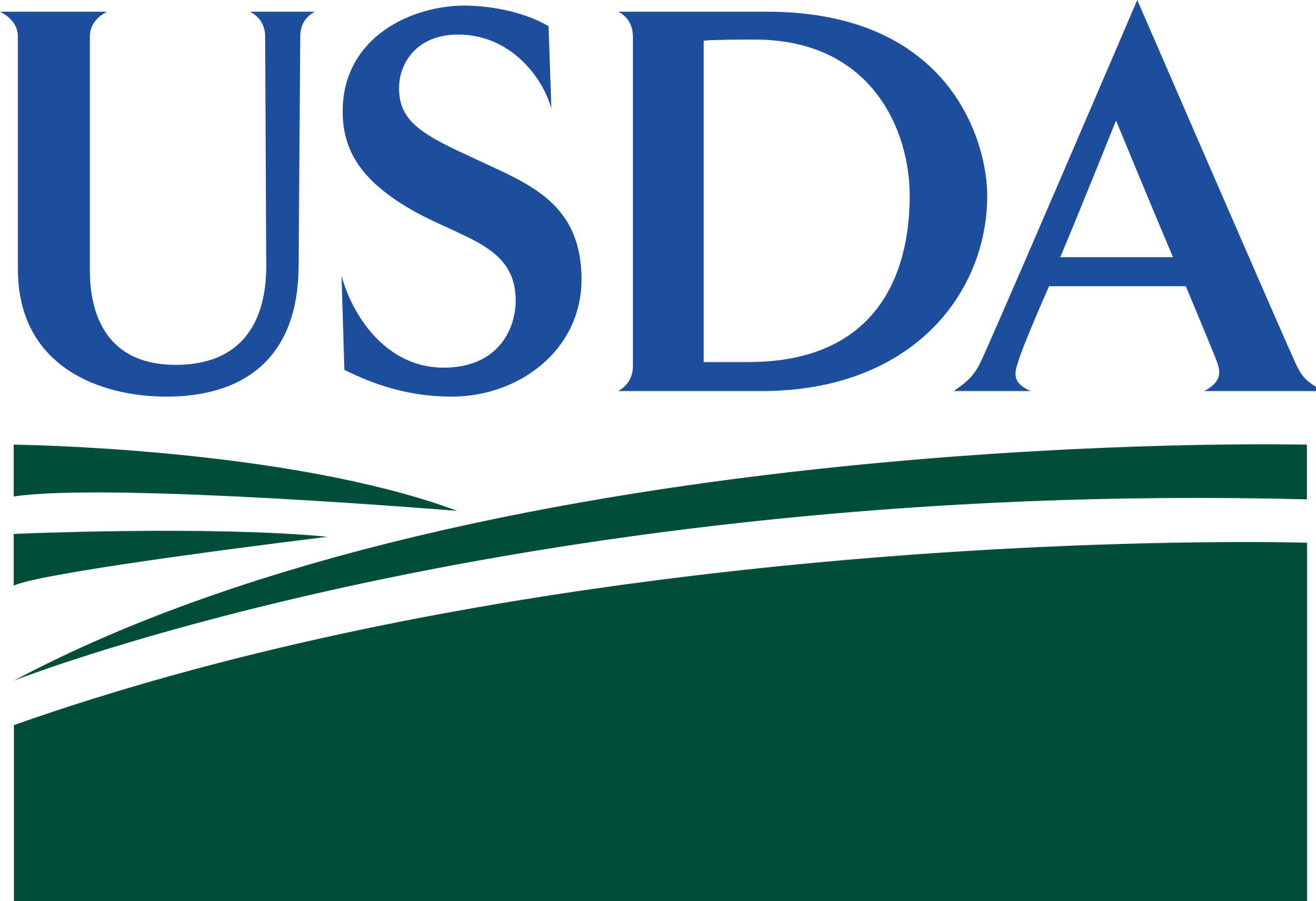USDA Livestock Insects Laboratory Records
Introduction
The United States Department of Agriculture (USDA) Insect Control Laboratories Collection spans the years 1932 to 1986. The bulk of the materials in the collection were in the possession of Neal Morgan, research entomologist at the Beltsville Agricultural Research Center (BARC) in Beltsville, Maryland. The collection is 5.5 linear feet and occupies 4 boxes. Materials are in good condition. The collection was arranged and described in 2006 by Kara L. Boehne, graduate student at the University of Maryland, College of Library and Information Studies.
The United States Department of Agriculture (USDA) Insect Control Laboratories Collection spans the years 1932 to 1986 and is made up of documents, research and testing data, published articles, and personal records from various USDA insect control laboratories at the Beltsville Agricultural Research Center (BARC) in Beltsville, MD. The collection consists of four series: insect species information, reports, testing, and writings. The materials are in good condition and are housed in 11 document boxes spanning 5.5 linear feet.
The bulk of the collection consists of data collection forms from pesticide testing and publications focusing on pest control and individual species of insects. Personal records, correspondence, and laboratory management records are also included. A number of color and black-and-white photographs make up a small portion of the collection. Of note is the large collection of articles and booklets concerning the behavior, reproduction, physiology, and control of a wide variety of insect species, including cockroaches, boll weevils, beetles, and ticks (Series I). In addition, scattered throughout the collection are hand-drawn diagrams of several devices used in the laboratory and in the field for testing purposes.
A large portion of the materials in the collection came from the personal files of Neal Morgan. Morgan had a long career in the entomological divisions of the USDA, working at the Physical Methods of Fly Control Laboratory and the Chemical and Biophysical Control Laboratory before being transferred to the Livestock Insects Laboratory after its inception in 1979. During his tenure in these divisions, Morgan standardized methods for using a wind tunnel as a substitute for the Peet-Grady chamber in the effectiveness testing of pesticides and did extensive studies on the biology and control of the American dog tick.
Dates
- Creation: 1932-1986
- Creation: Majority of material found within 1970-1986
Conditions Governing Access
Contact Special Collections for access.
Organizational History
The USDA Livestock Insects Laboratory was established at the Beltsville (Maryland) Agricultural Research Center (BARC) in 1979 to research problems of livestock pest management and to develop methods for controlling insects and other arthropods affecting livestock.
Historical sketch
Research and testing in the field of insect control have a long history at the Beltsville Agricultural Research Center (BARC) in Beltsville, Maryland, beginning with the establishment of the Physical Methods of Fly Control Laboratory in 1961. The laboratory studied physical and chemical methods for fly control and was active in developing traps, determining attractiveness of various wavelength of light to flies, demonstrating the feasibility of bioreduction of manure, and promoting feed-through or feed additives as methods for management of larval populations of flies.
In 1965, the Chemical and Biophysical Control Laboratory was established, and its scientists were charged with the task of determining how manipulating natural insect rhythms by preventing or prolonging diapause could be used as a method of pest control. The blue end of the visible spectrum was shown to be effective in preventing or terminating diapause in several species, and to affect the activity of enzymes from insects. In 1973-1974, in collaboration with the National Aeronautics and Space Administration, gypsy moth eggs were subjected to weightlessness in Skylab IV. Tests revealed that weightlessness affected the diapause cycles of the eggs.
The Livestock Insects Laboratory was established in 1979. It was formed by the merger of the Biological Evaluation of Chemicals Laboratory and the Chemical and Biophysical Control Laboratory. The laboratory’s basic purpose was to investigate the problems in the control of pests affecting livestock and to continue existing projects such as aircraft disinsection and the evaluation of fumigants for the eradication and control of insects.
In the course of this laboratory’s 15-year existence, its scientists conducted many experiments centered around its major goals. Subjects of these experiments included: control of face and house flies in population of poultry and dairy cows, bioassays of insect growth inhibitors, fly trapping using visual-attractant traps, slow-release chemical treatments of pests, options for tick repellant, the effects of human-controlled diapause on flies, and the use of insects to help with the biodegradation of animal wastes. Aircraft disinsection was an important research focus, and an actual aircraft fuselage located on the BARC property allowed the Laboratory’s scientists easy access to real-life situations where their research and testing could be used. In addition to these experiments, much research was conducted on the various aspects of insect development, behavior, reproduction, sterilization, and control. Several species of insects, including flies, cockroaches, and boll weevils were raised at the Livestock Insects Laboratory for insecticide testing purposes.
The Livestock Insects Laboratory at BARC perpetuated the research and testing goals of its predecessors, and even though the Laboratory was dissolved in 1994, its projects were continued by its scientists and by other related divisions and laboratories.
Total Size of Collection
10 letter_document_box
1 legal_document_box
4.5 Linear Feet (11 boxes)
Language of Materials
English
Content Description
The USDA Livestock Insects Laboratory Records include reports, data sheets, correspondence, technical bulletins, and journal articles.
- Status
- Unprocessed
- Description rules
- Describing Archives: A Content Standard
- Language of description
- Undetermined
- Script of description
- Code for undetermined script
Repository Details
Part of the National Agricultural Library Special Collections Repository
National Agricultural Library
10301 Baltimore Avenue
Room 309
Beltsville Maryland 20705 USA
301-504-5876
 An official website of the United States government.
An official website of the United States government.
